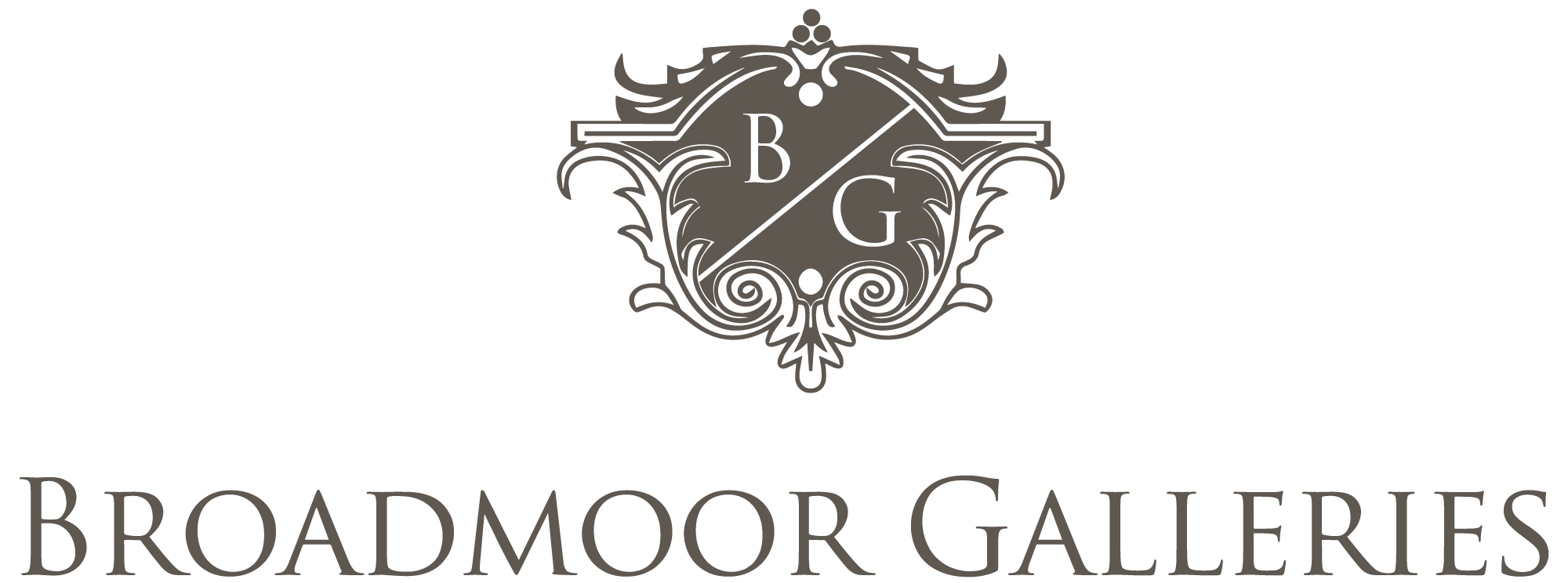BIOGRAPHY

Anna grew up in Idaho surrounded by an artistic lifestyle. She largely attributes her eye for design to spontaneous lessons from her father, Robert Moore. Robert’s example taught Anna to stop and visually ingest beauty in the world. She became similarly enraptured by any painting that could boldly translate the beauty.
Anna works with oil in a painterly and impressionistic style, focusing on natural settings for inspiration. She loves to paint trees. “I can put exciting shapes and colors between the branches and leaves. I feel a lot of freedom there. It’s fun.”
Anna graduated from Utah State University with a BFA in Art, graphic design emphasis. Her studies included a trip to Germany where she viewed museums and painted in watercolor. She was honored to be selected by USU’s Caine College of the Arts as a Caine Scholar, the college’s most distinguished scholarship. She currently resides in Missoula, Montana where she loves to hike.
ARTIST STATEMENT
I paint nature, especially trees, in a painterly and impressionistic style.
To me, trees are analogous to human life. We begin small and grow. Hopefully we each end up strong, beautiful, and able to contribute to others’ good, whether that is because of or in spite of the environment in which we started. Trees are inspirational and uplifting.
I want my paintings to evoke an inspirational or uplifting feeling from any distance, as nature does. I love to look at my paintings up close and see the juxtaposition of even unexpected colors next to each other. I work layer on layer to produce these many small moments of color and texture.









